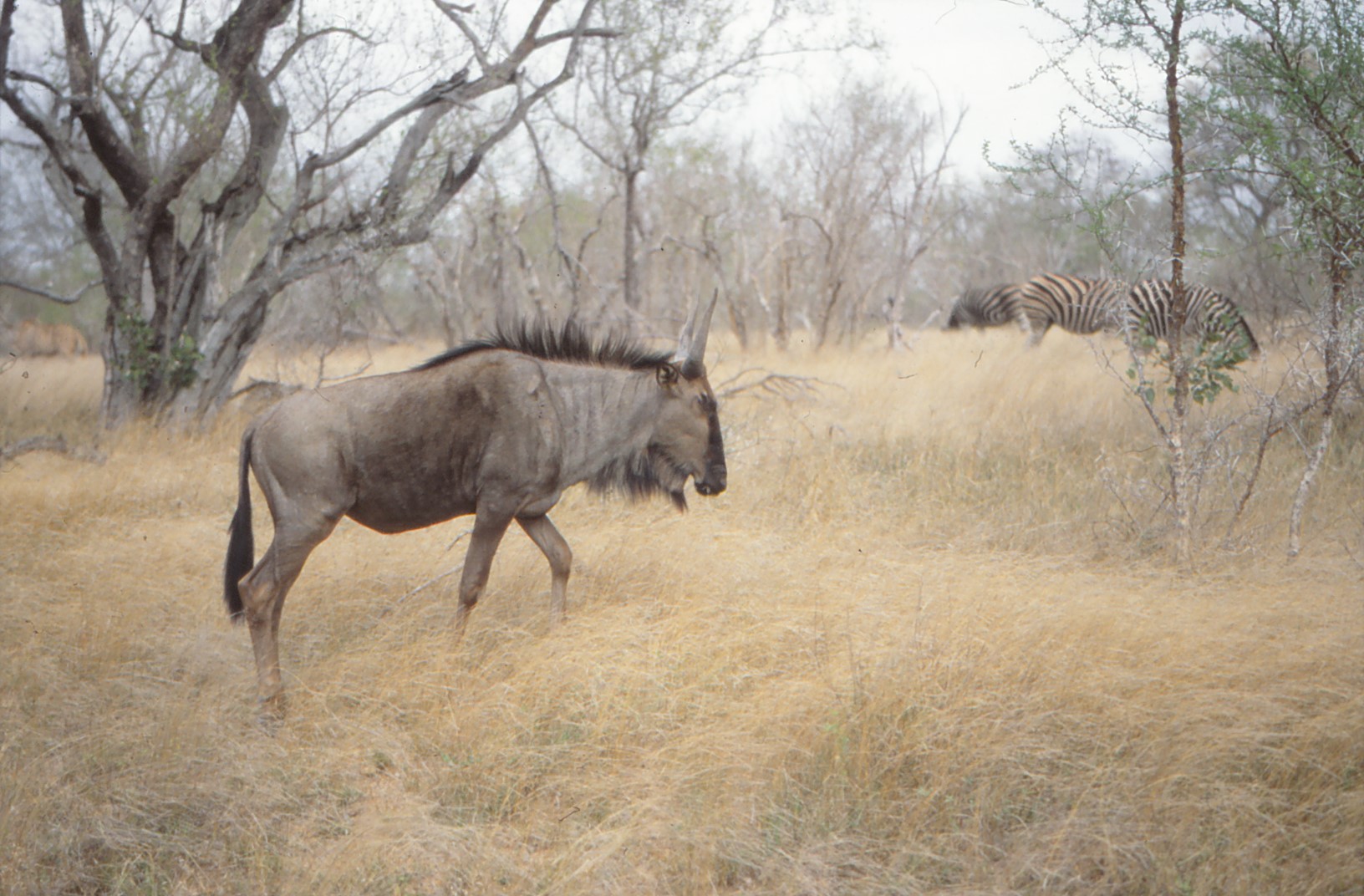Coronavirus Pandemic and Climate Change are Different Facets of the Same Problem: the Overuse of the EarthPerjantai 17.4.2020 klo 19.29 - Mikko Nikinmaa Coronavirus Pandemic and Climate Change are both different aspects of the same problem: our overuse of the Earth. Further, neither problem can be solved thinking nationally: both viruses and pollutants cross national borders with no problems. Even if hermetic closure helps to limit the spread of the current Coronavirus, without solving the problem with the overuse of the Earth there will be a next virus attacking man in the future. It is not by accident that there have been several worries about pandemics in 21st century, Ebola, SARS, swine flu, at the same time that clear Climate Change signs have been seen. Hitherto international cooperation has enabled us to avoid the worst possible outcome of the diseases, but this time it appears that the ongoing surge of nationalism has meant that instead of thinking what would be the best way to combat Coronavirus globally, one has resorted to national solutions. The overuse of the Earth can be divided into three components, which all must be addressed in order to avoid future pandemics and combat climate change. The three components are population growth, excessive consumption by the rich and inequal wealth distribution. Quite often when one discusses with some climate activists, they claim that including population growth is virtually racism, as it “blames” the world’s poorest, who have caused little of the climate problem. On the other hand, some people from rich areas maintain that the climate problem is solely caused by population growth, as the use of fossil fuels in for example Europe has decreased for the past 30 years. Both are wrong, because they come together as a result of wealth inequality. The reason why population growth is an ultimate problem for both Coronavirus Pandemic and Climate Change is manyfold. There are now about eight billion people living on the earth. The sheer number of people inevitably leads to increasing portion of the Earth to be used for human habitation and food production. Agricultural practices have led to land deterioration – loss of fertility and erosion, which increasing amount of land is needed to feed people, and this need is compounded by the population growth. As a result, natural habitats are changed to human use, which means both that the carbon dioxide sinks of forests decrease and that animal biodiversity gets smaller. Also, wild animals have less space and must increasingly be in close proximity to humans and domestic animals. At present, the total biomass of humans exceeds that of wild animals and the biomass of farm animals is far greater. Further, humans everywhere like to eat meat, and in most places the only way to get meat unspoiled to the customers is to have animals alive until someone buys their meat. The animals, which are sold are often wild homeothermic animals, birds and mammals. Zoonosis – a disease transmitted from animals to man – is a bacterium or virus of birds or mammals, which mutates enough to enable transmission to humans. The vegetarians naturally point out that if eating meat were stopped, both the possibility of zoonoses would disappear and climate change be reduced. Zoonosis risk would decrease markedly, but not disappear, since wild animals would still be in close contact with humans because of the diminishing area of natural environment. Although rich countries at present are decreasing their carbon dioxide emissions, the present use of Earth’s resources is severalfold compared to poor areas. Further, to reduce costs, a lot of the cultivation of plants in poor areas are done to produce goods for rich nations. The cotton and avocado cultivation uses most of the water in arid areas and is almost exclusively done for export to rich nations, and the sales do not benefit the local population. Also, the rich nations export much of their wastes like plastics and metals to poor countries, where they somehow disappear (and are found in, e.g. plastic waste gyres of the oceans); the companies from rich countries make profits on products (e.g. clothes) manufactured in poor countries with virtually no pollution control. In conclusion, we in rich nations owe a lot of our wealth to the poor areas. Consequently, we cannot say that they would not be allowed to want to have similar standard of living as we do. This leads to the final part of the problem, wealth inequality. Correcting that is needed both to reduce the risk of future pandemics and to combat climate change. We in rich nations could easily decrease our resource use and consumption, as the present Coronavirus lockdowns indicate. The decrease could be transferred as wealth to poor areas, and the technological progress used to help everyone. If we continue with our greedy economic globalism or resort to nationalistic policies the humankind, even we rich, goes under either because of another pandemic or climate change. |
|
Avainsanat: population growth, wealth inequality, biodiversity, zoonosis |

 Climate Change would be combatted, as the carbon footprint of meat production is much larger than if vegetarian diet is used. One must remember, though, that eating fish or shellfish or terrestrial poikilotherms has only slightly higher carbon footprint than vegetarian diet. Also, there are currently no known transmission of microbial pathogens from poikilothermic animals to humans.
Climate Change would be combatted, as the carbon footprint of meat production is much larger than if vegetarian diet is used. One must remember, though, that eating fish or shellfish or terrestrial poikilotherms has only slightly higher carbon footprint than vegetarian diet. Also, there are currently no known transmission of microbial pathogens from poikilothermic animals to humans.